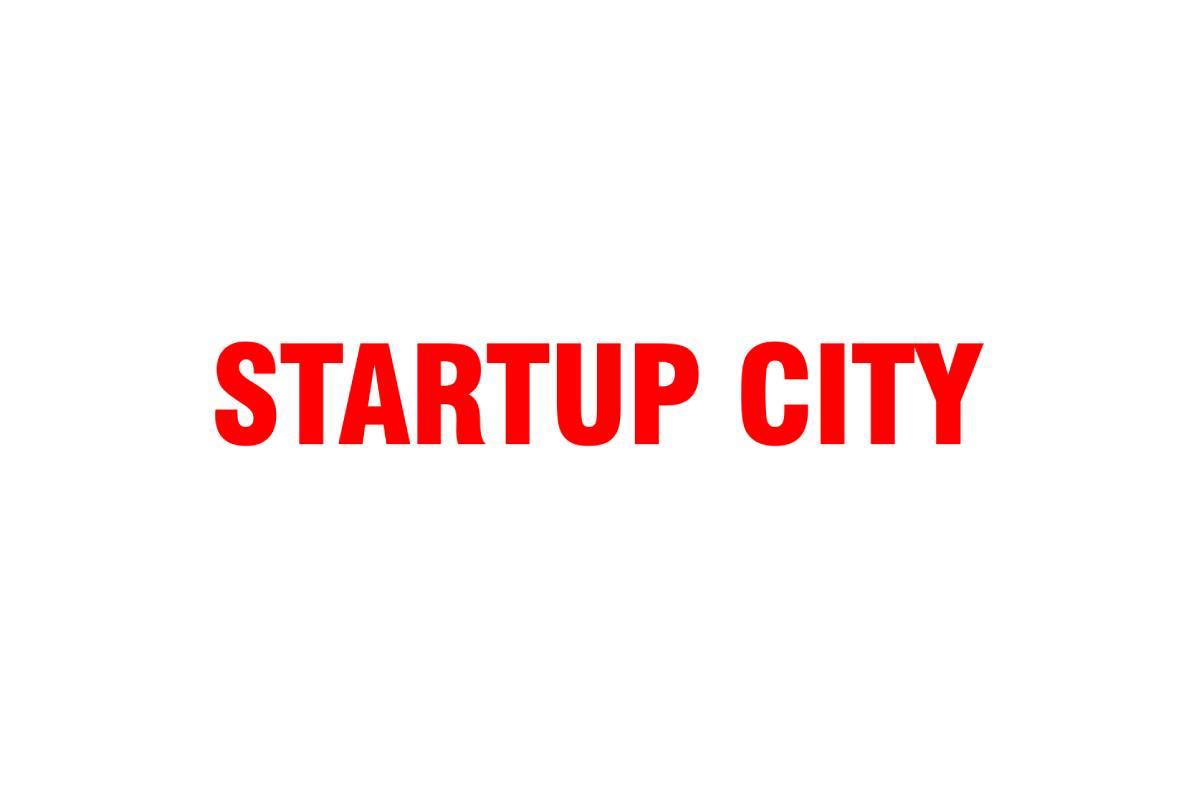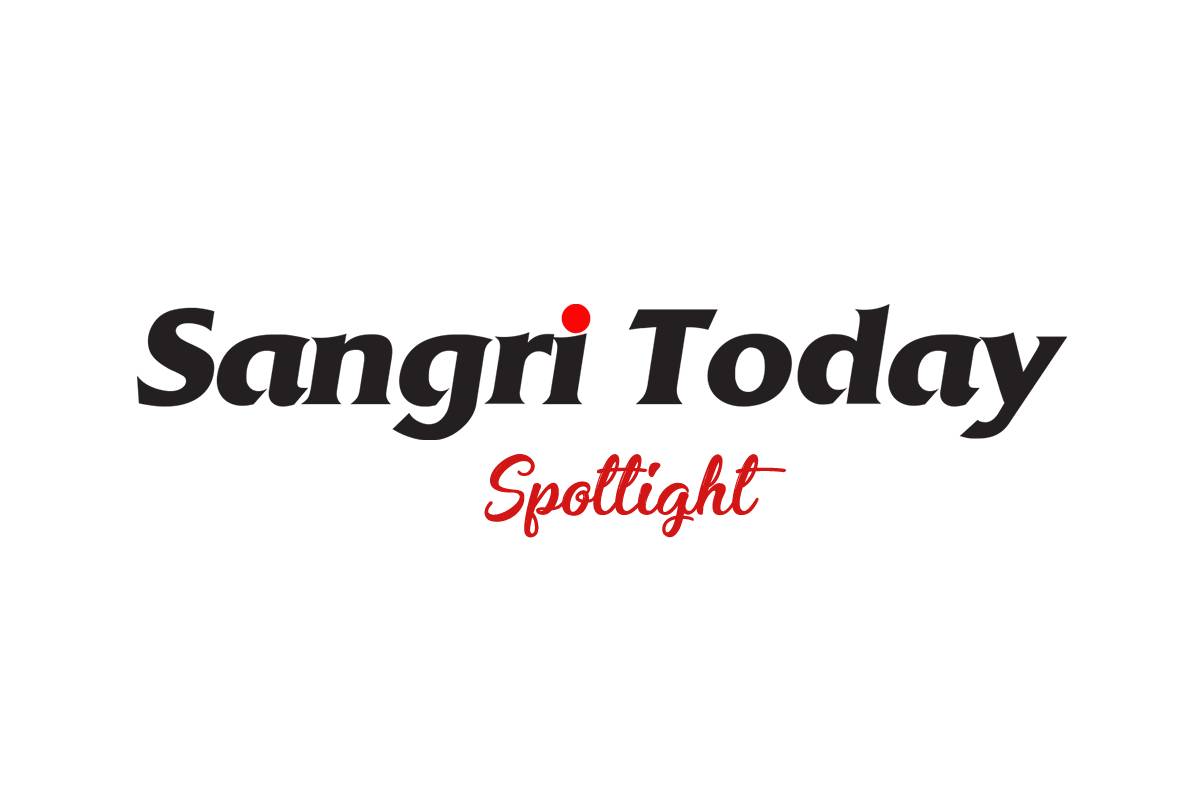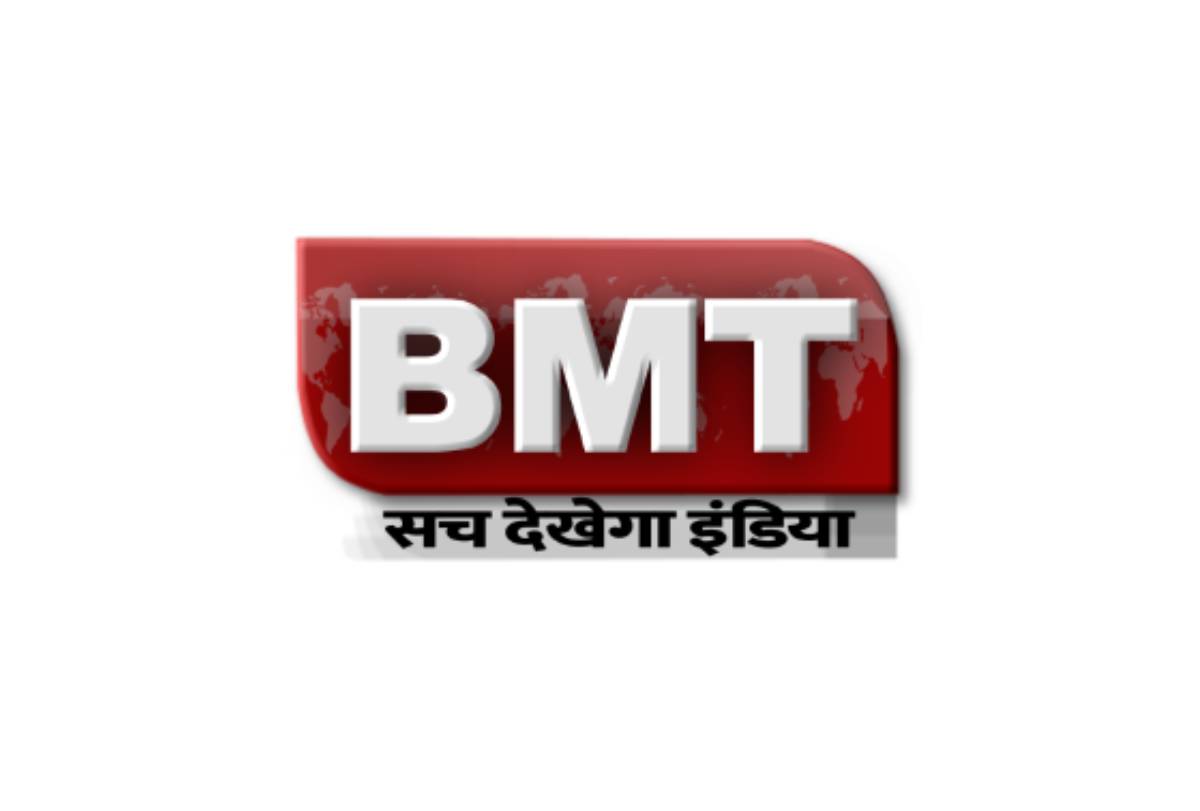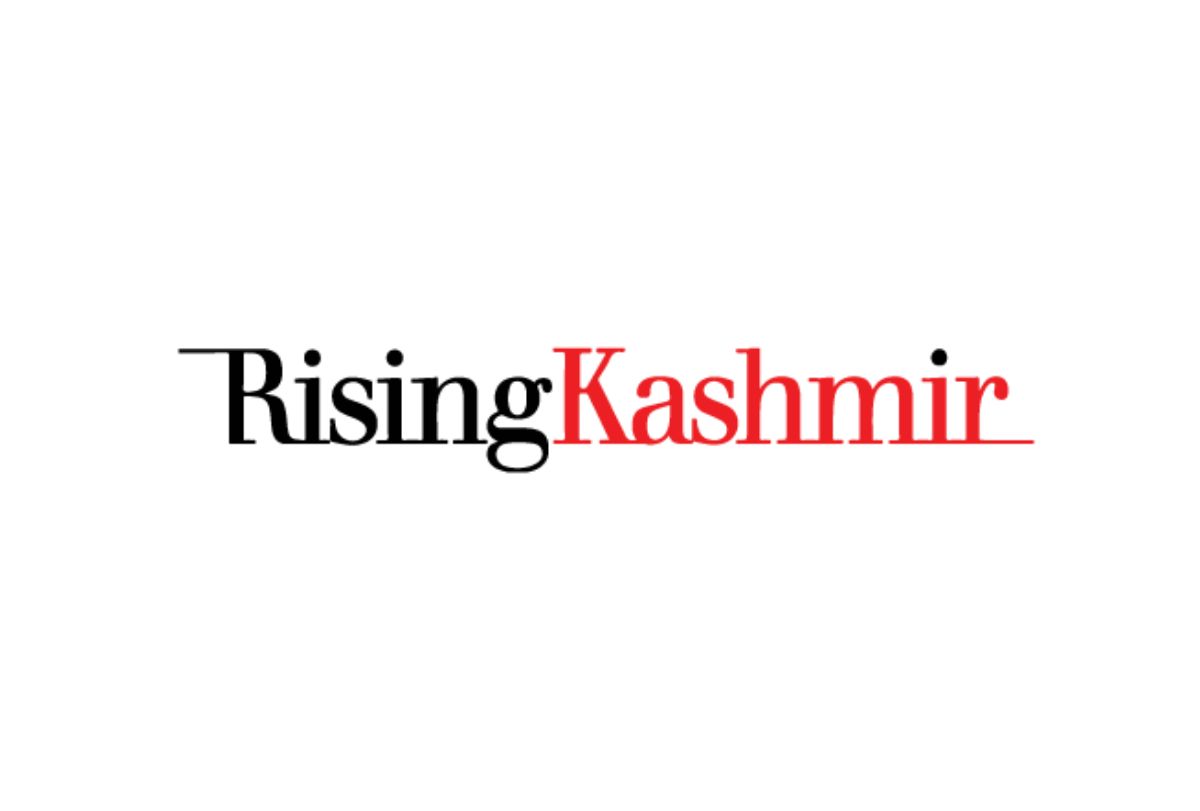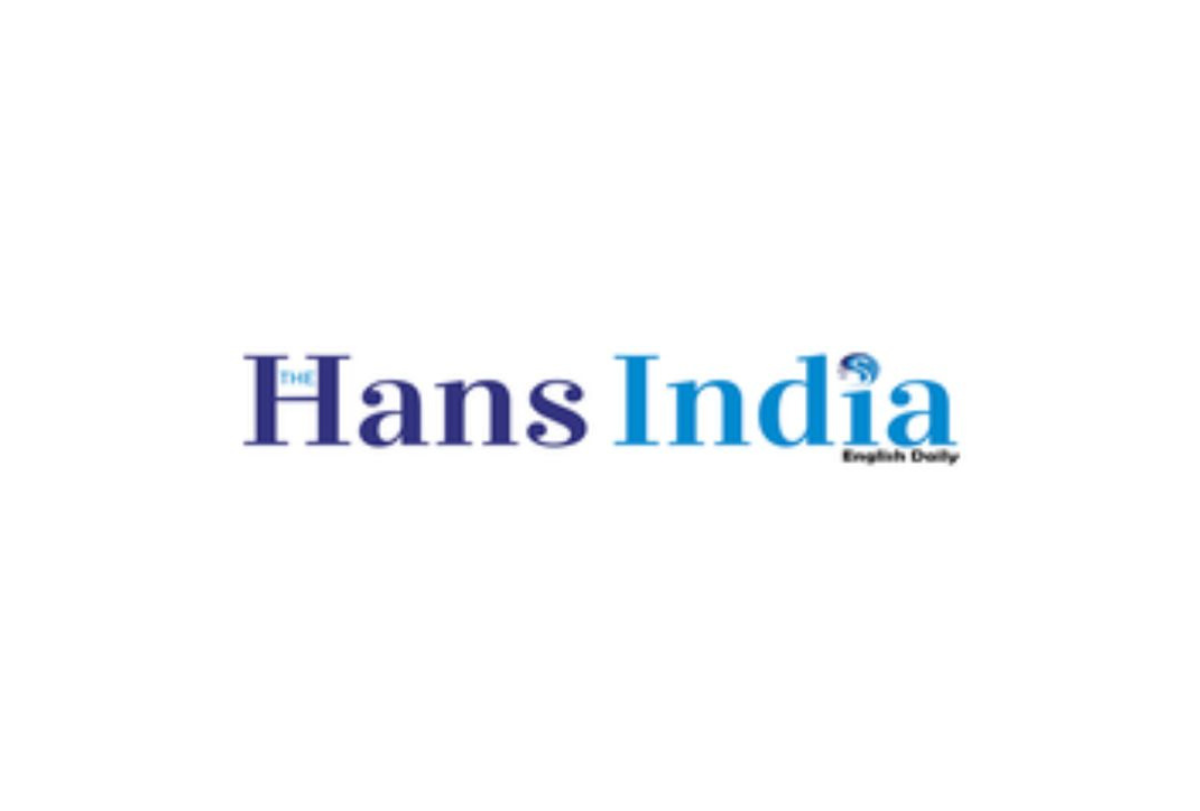Transform Rural India, TRI, in collaboration with Intellecap and ACORN (Rabobank), has launched a pioneering Carbon Credit Finance Project benefiting over 100,000 farmers in Jharkhand. This comes with no risk to the farmers or any required investment from them or the government. The project is founded on the principle of fair payment to farmers, wherein 80% of the generated carbon credit revenue will be directly transferred to the farmers’ accounts.
The initiative targets all farmers in the state who have received support under the Birsa Harit Gram Yojana since 2018, facilitating their integration into the Rabobank ACORN platform. Predominantly women, these farmers have cultivated fruit orchards and local timber tree plantations across 100,000+ acres of rural land, with backing from the Government of Jharkhand under the Birsa Harit Gram Yojna of MGNREGA. These farmers will receive approximately 500 crore INR benefits for carbon removal over the next 20 years.

